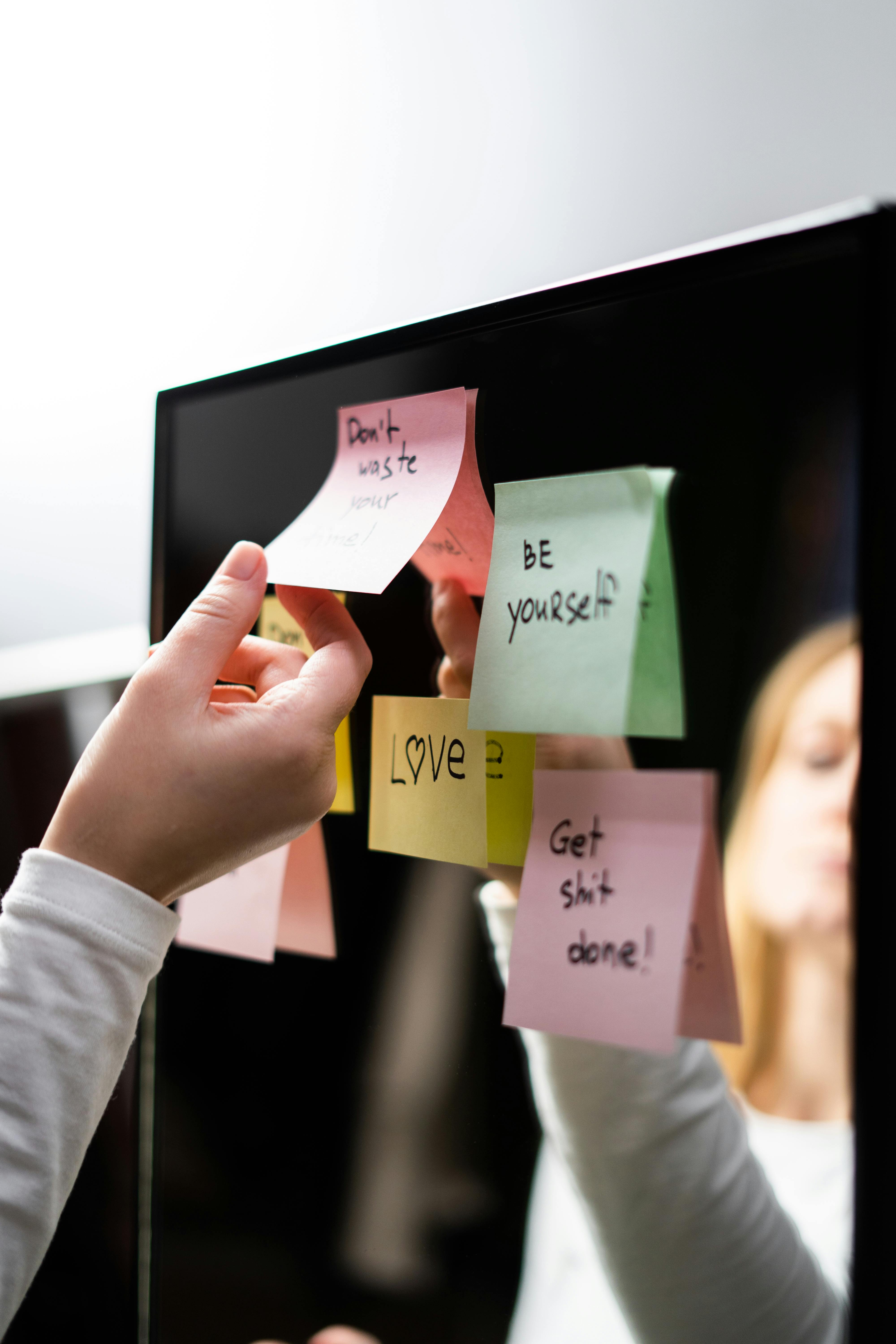Daily Mindfulness Tips to Transform Your Everyday Life
In a world that moves at lightning speed, staying present has become both a challenge and a necessity. Daily mindfulness tips offer a practical path to cultivating calm, clarity, and emotional resilience. This article explores essential principles, actionable routines, and advanced applications of mindfulness that can elevate your mental well-being and productivity.

Understanding the Fundamentals
Mindfulness is the practice of paying full attention to the present moment without judgment. It traces its origins to ancient Eastern traditions like Buddhism but has found widespread acceptance in modern psychology and healthcare. Daily mindfulness tips draw from both traditional practices and contemporary science to make the practice accessible to all.
Understanding mindfulness at a foundational level helps create an effective and sustainable practice. Like training a muscle, consistent effort leads to lasting results. Mindfulness helps rewire the brain to respond thoughtfully rather than react impulsively to life’s stressors.
1.1 The Principle of Present-Moment Awareness
This core concept involves fully engaging with what you’re doing—whether it’s eating, walking, or working—without distraction. According to Harvard research, people spend nearly 47% of their waking hours thinking about something other than what they’re doing. This “mind-wandering” often leads to stress and dissatisfaction.
By anchoring your attention to the now, you enhance both performance and emotional regulation. For instance, being fully present during conversations improves relationships and reduces misunderstandings.
1.2 Non-Judgmental Observation
Unlike passive observation, non-judgmental awareness encourages noticing thoughts and feelings without labeling them as “good” or “bad.” This sets it apart from rumination, which often leads to anxiety or depression.
Real-world benefits include better decision-making under pressure and improved emotional intelligence. This approach is especially valuable in high-stress professions like healthcare and education, where emotional neutrality can improve outcomes.
Practical Implementation Guide
Transitioning from understanding to doing is where the real transformation begins. Daily mindfulness tips become truly valuable when incorporated into a sustainable routine. Results are often noticeable within weeks—such as better focus, improved sleep, and enhanced emotional balance.

2.1 Actionable Steps
- Morning Intention Setting: Begin each day with a 5-minute intention ritual. Sit quietly, breathe deeply, and mentally set your goal for the day.
- Use Mindful Cues: Place sticky notes or use phone reminders as prompts to pause and breathe throughout the day.
- Track Progress: Maintain a mindfulness journal. Log emotions, triggers, and improvements daily or weekly.
2.2 Overcoming Challenges
Common barriers include lack of time, wandering thoughts, and unrealistic expectations. To overcome these:
- Obstacle: “I don’t have time.” Solution: Start with 2-minute sessions. Increase gradually.
- Obstacle: “I can’t stop thinking.” Solution: Accept the thoughts. Refocus on your breath.
- Obstacle: “I’m not seeing results.” Solution: Track changes over a month, not days.
Experts recommend pairing mindfulness with habit-stacking—attaching it to an existing routine like brushing your teeth—to ensure consistency.
Advanced Applications
Once daily mindfulness tips become second nature, you can expand into more advanced techniques. These methods are ideal for those seeking deeper inner peace, enhanced creativity, or spiritual growth.

3.1 Body Scan Meditation
This technique involves slowly directing attention through each part of the body, noticing sensations without trying to change them. Research from the University of Massachusetts shows it helps with chronic pain and anxiety.
Case studies reveal that individuals practicing body scan meditation for 20 minutes a day report significant decreases in stress levels and improved sleep quality within four weeks.
3.2 Integration with Cognitive Behavioral Therapy (CBT)
Mindfulness-based cognitive therapy combines traditional CBT with mindful awareness. It’s especially effective for preventing relapse in depression and managing PTSD.
Compatibility with telehealth platforms and journaling apps has made this hybrid approach more accessible, especially post-pandemic.
Future Outlook
The mindfulness movement is evolving rapidly. Innovations include AI-driven mindfulness apps, biofeedback devices, and corporate wellness programs tailored around daily mindfulness tips. These technologies are making mindfulness more personalized and measurable.
In the next 3–5 years, we can expect mindfulness to be integrated into public education, workplace training, and even urban planning. Now is the time to build a foundation that aligns with these emerging trends.
Conclusion
Three key takeaways from this guide are: 1) Consistency beats intensity in mindfulness practice, 2) Non-judgmental awareness is the cornerstone of inner peace, and 3) Practical application leads to lasting benefits. Daily mindfulness tips serve as powerful tools for enhancing life quality across all domains.
Start today with one tip and build from there. Your future self will thank you. Consider setting a reminder or creating a digital tracker to maintain your mindfulness habit.
Frequently Asked Questions
- Q: What is mindfulness in simple terms? Mindfulness is being fully present and engaged in the moment without judgment. For example, focusing entirely on the taste and texture while eating.
- Q: How do I start practicing mindfulness daily? Begin with short, focused breathing sessions. Use reminders or apps to help build consistency.
- Q: How much time do I need daily? Even 5–10 minutes can yield results. However, 20 minutes per day is ideal for long-term benefits.
- Q: Is mindfulness expensive? No. Many free resources, apps, and online guides exist. Basic techniques require no equipment at all.
- Q: How does mindfulness compare to meditation? Mindfulness is a form of meditation but can also be practiced during daily tasks. Meditation is often more structured and formal.
- Q: Is mindfulness hard to learn? It’s simple but not always easy. It requires consistency and patience, not perfection.
- Q: Can mindfulness help in high-stress jobs? Absolutely. Many professionals use daily mindfulness tips to stay calm, focused, and emotionally balanced under pressure.
